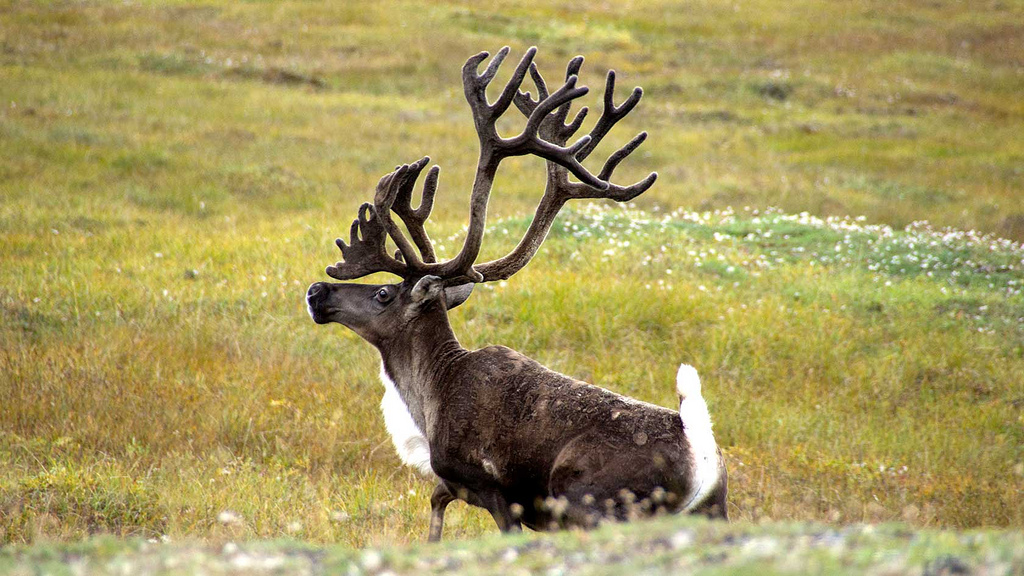New Steps to Protect the Arctic

Senator Edward Markey (MA) and Congressman Jared Huffman (CA) recently introduced important legislation, S. 820 and H.R. 1889, respectively, that would designate the Coastal Plain of the Arctic National Wildlife Refuge as a Wilderness area.
Designated by President Eisenhower in 1960, and expanded by President Carter in 1980, the Arctic National Wildlife Refuge stands as one of America’s last true uninterrupted nature areas. The Refuge, located on Alaska’s northeast coast, is roughly 19 million square acres (approximately the size of South Carolina) and contains numerous fragile arctic ecosystems including the habitats of caribou, polar bears, wolves, arctic foxes, and snow birds. Perhaps the most notable ecosystem is found in the coastal plain, an area of about 1.5 million acres (about eight percent of the refuge) along the Arctic Ocean.
The Refuge coastal plain has enormous ecological, cultural, and spiritual significance. It is the biological heart of the refuge, and is the only place in the United States where the full range of sub-arctic and arctic ecosystems are protected. The coastal plain is home to the porcupine caribou, which relies on the area as a calving ground. The indigenous Gwitch’in tribe lives on the coastal plain and has used the porcupine caribou for food, clothing, and crafts for thousands of years. They see themselves as being forever connected to and interdependent with the caribou.
Without a wilderness designation, the highest form of protection that a natural area can receive, the coastal plain could be opened up to oil and gas drilling. This would be detrimental to both the culture and livelihood of the Gwitch’in people, and to the Arctic’s already vulnerable ecosystem. Recent science shows that the Arctic is warming twice as fast as the rest of the world.
For all of these reasons and more, we must protect the coastal plain of the Arctic National Wildlife Refuge. Judaism teaches that we have an obligation to future generations and other living creatures to protect the Earth’s ecosystem. Jewish tradition insists that we care for the earth and preserve the goodness of God’s creation. We are instructed in the Torah not to destroy, bal tashchit (Deuteronomy 20:19–20). Rather, we are to become stewards and protectors of the land.
Urge your Members of Congress to take action and support protections for the Arctic.
Related Posts

Inside the Inaugural L'Taken Canada

Five Definitions of Antisemitism


